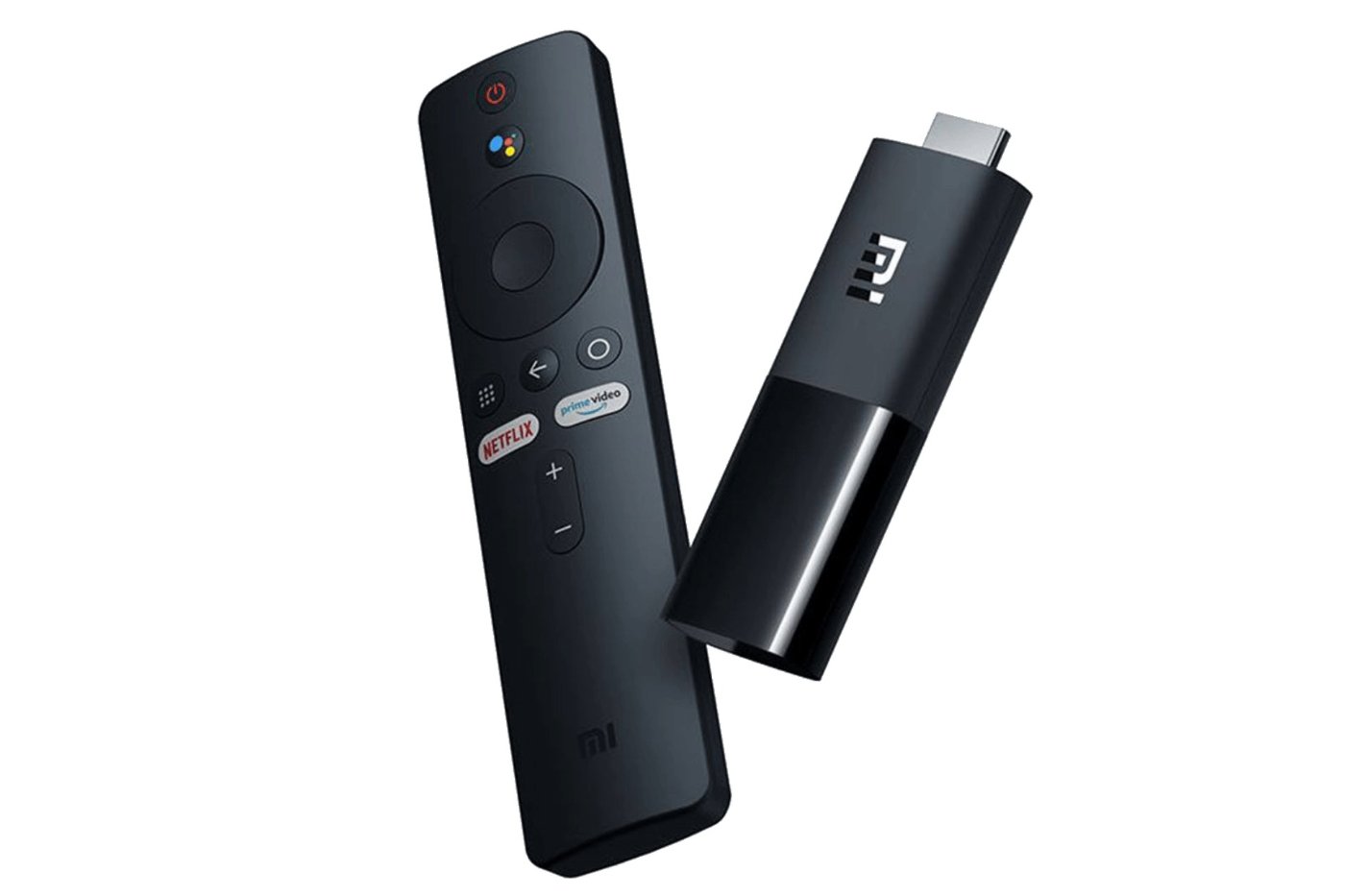By Frank Rotman
While many factors influence startup success, speed often emerges as a decisive element. Unlike established companies that can afford deliberate, hierarchical decision-making, startups operate in an environment where rapid execution is essential for survival.

People who have experienced “Startup Speed” intuitively know it when they see it, but speed is almost always tangible and can be observed in the wild with a little effort.
Startup Speed will take different forms at different companies, but generic signs to look for include:
- Growth velocity: Is the user base growing by at least 2x to 3x annually?
- Learning efficiency: Is there a rapid cycle learning agenda in place?
- Development pace: Is code typically shipped in days/weeks, or does it take months/quarters?
- Decision speed: How often are quick decisions preferred over gathering additional data?
- Talent operations: How quickly are new hires productive and how quickly are underperformers managed out?
- Problem management: Can problems be identified and addressed without bureaucratic delays?
- Strategic agility: Are plans modified and resources quickly reassigned when goals aren’t being met?
- Communication flow: How fast do important developments/results travel throughout the entire organization?
Startups that fail to maintain sufficient speed face three primary risks:
Resource depletion: Running out of capital before achieving product-market fit.
Market position loss: Being outpaced by faster competitors.
Team deterioration: Losing top talent to more dynamic organizations.
This creates a simple but harsh reality: It’s sine qua non for startups to maintain exceptional speed across multiple dimensions if they want to thrive in today’s competitive landscape. Full stop.
The following are a few suggestions to get Startup Speed right:
Speed audit
It’s not always necessary to formally analyze a company’s speed, but it can be valuable to an investor during diligence or to a founder if they think they’re moving too slowly.
It’s not an exact science, but a “speed audit” can help pinpoint key sources of friction/speed loss as it pushes you to do an in-depth review of your company’s operations and analyze factors impacting its speed.
And since you can only solve problems you’re aware of, measuring and organizing around a Speed Audit can be used as a kick-in-the-pants driver of change.
Speed drills
There’s a saying among runners that’s worth internalizing: “If you never run fast you’ll never run fast.”
The concept in startup land is that you don’t know what Startup Speed is until you experience it. So, practicing with “speed drills” can be a helpful exercise.
The key to a successful speed drill is to choose a solvable problem and then put a speed goal in place that breaks the organization out of its normal operating cadence.
I’ve seen this done effectively at many startups through hackathons. I’ve seen a founder isolate a specific piece of functionality and challenge the team to build and ship it in a week. I’ve seen landing pages with associated marketing tests go live in 24 hours.
When Brian Chesky was building Airbnb, he famously asked: “What’s the smallest version of this we can ship today?”
Speed drills can prove to a team that it’s possible to move quickly and, once they know they can, they’ll start doing it without prodding. This mindset transforms speed from an abstract concept into daily actionable decisions.
Speed mentor
There’s nothing better for a founder than talking regularly with a brutally honest and trusted mentor who knows what it’s like to operate at Startup Speed.
I strongly suggest formalizing adviser relationships by asking a potential “speed mentor” if they’re willing to put in the work to get to know your business and your operating style such that they can give meaningful advice when asked. And it’s important to grant them permission to tell it like they see it. I guarantee they’ll challenge you regularly.
Lastly, always remember that Startup Speed isn’t about frenetic activity — it’s about optimizing the rate at which you can convert capital into learning, and learning into value. The most successful startups aren’t necessarily the ones moving the fastest in absolute terms, but those that have mastered the art of efficient learning and rapid adaptation.
Distinguishing between valuable Startup Speed (that drives learning and progress) and wasteful hurry (that burns resources without generating insights) is what makes a founder a black belt in Startup Speed.
Frank Rotman is a founding partner and the chief investment officer of QED Investors, a premier VC firm focused on the fintech ecosystem. QED has invested in more than 200 companies over the past 16 years and currently has $4.3 billion under management. Rotman has made ’ Midas List each of the past seven years. Before QED, he was one of the early architects who helped create what became Capital One and was responsible for many firsts at the company during his 13-year career there. He graduated from the University of Virginia with a bachelor’s degree in applied mathematics and master’s degree in systems engineering. He writes prolifically on X (formerly Twitter) as @fintechjunkie and posts additional content frequently on qedinvestors.com and fintechjunkie.com.
Illustration: Dom Guzman


Stay up to date with recent funding rounds, acquisitions, and more with the
Crunchbase Daily.








